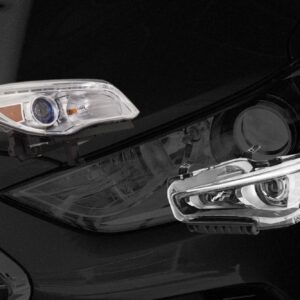Tappets follow the shape of the camshaft lobe. They’re also called “lifters” or “followers.” This changes the rotary cam motion to a reciprocating motion in the valve train. There are two types of tappets: flats and rollers. Older engines use the former, while vehicles from the 90s onwards use the latter.
Flat tappets have a relatively flat surface that slides on the cam. Meanwhile, roller tappets have a roller to follow the cam counter.
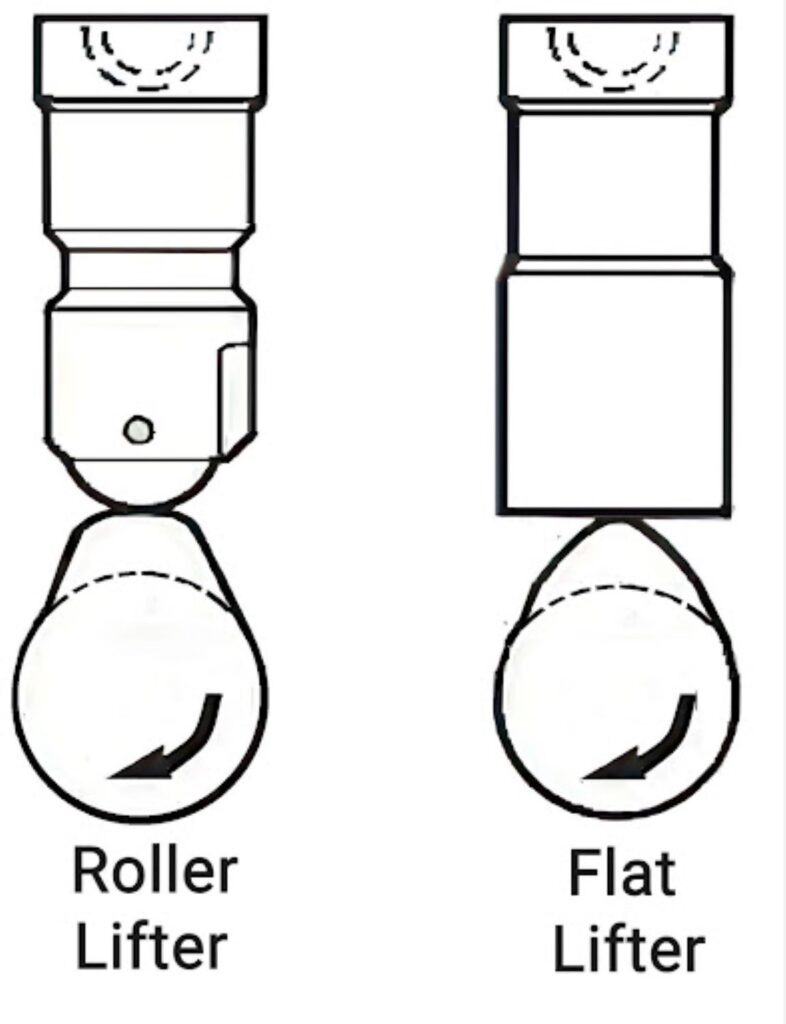
Advantages of Flat Tappets
The biggest advantage flat tappets have over rollers is that they cost less. They are often manufactured using hardened or chilled iron, which is less expensive and easier to make.
This makes flat tappet camshafts more cost-effective, as both types tend to have similar life spans if maintained.
Advantages of Roller Tappet Cams
On the other hand, a roller tappet cam offers an array of advantages compared to its flat counterpart. This includes better performance, longer lifespan, and reusability.
Reduced Friction
The design of roller tappets greatly reduces the friction between the camshaft and the rocker arm. A roller cam requires less horsepower to turn because rolling frictional forces are lower than sliding frictional forces. This increases the vehicle’s performance because the rocker arm is responsible for converting the motion of the rod to open the valves during the engine’s combustion cycle.
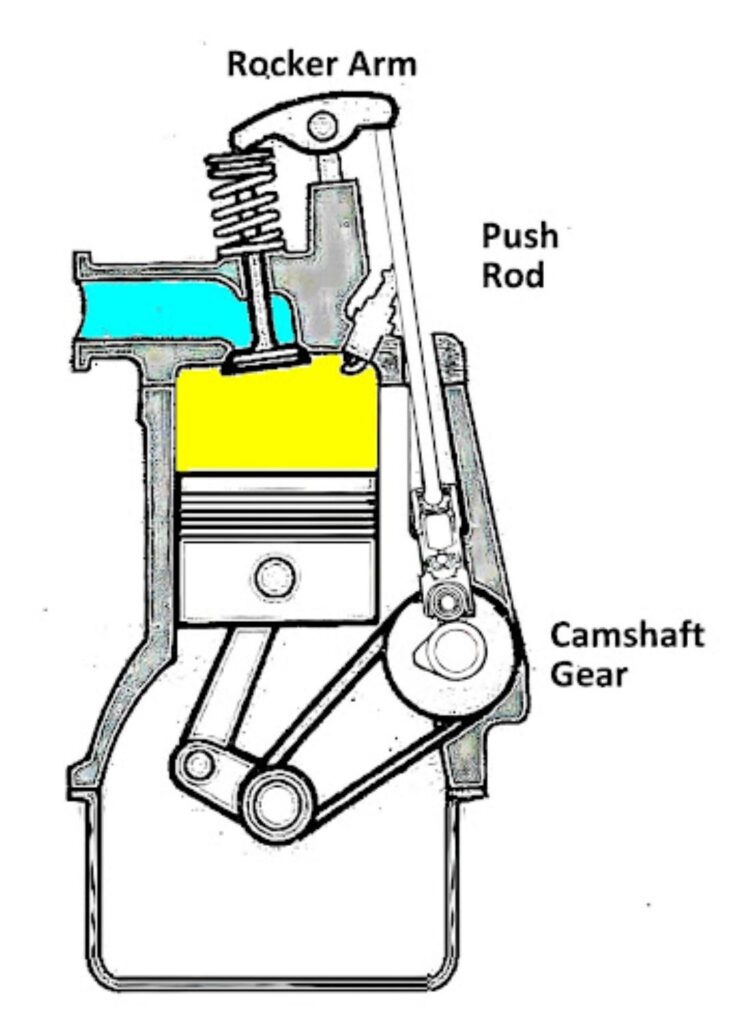
Better Fuel/Air Charge
Rollers hold the valve open at a higher lift for longer periods, and their shape allows the valve to open much faster. This results in better fuel and air mixtures. An appropriate amount of ratio between the two is necessary for the engine to efficiently generate power.
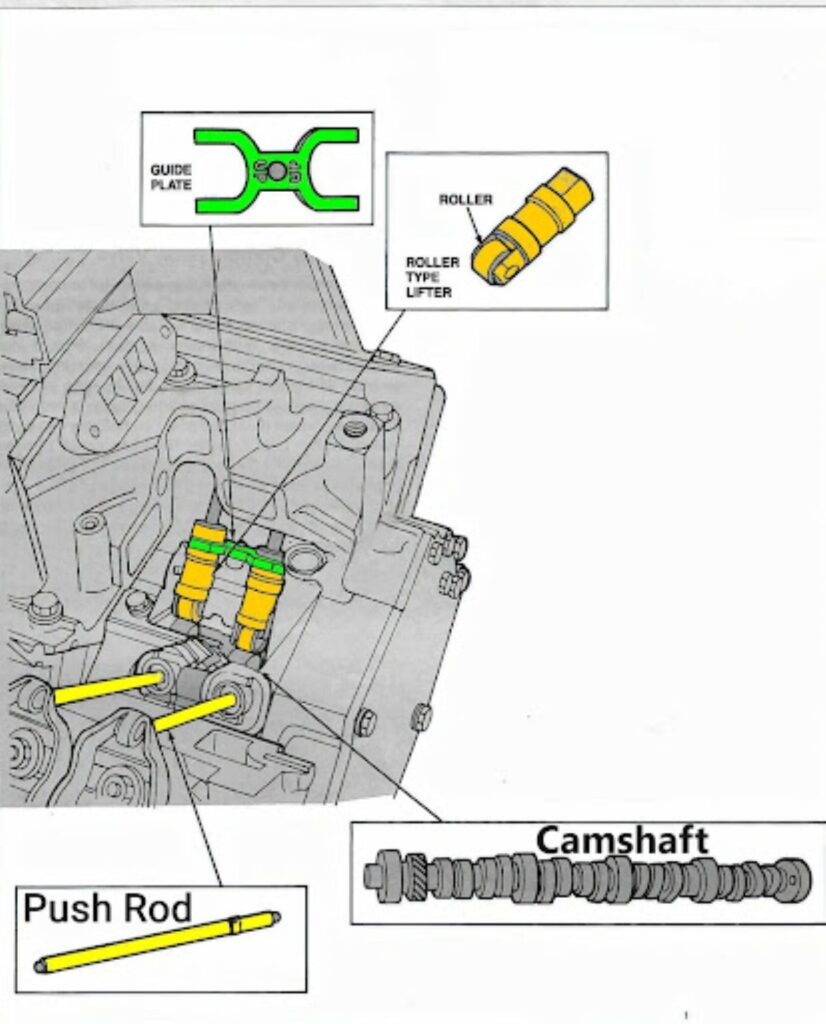
Potential for Power
The cam profile of roller tappets has the potential to make more power. More area under the curve can make the profile more aggressive and accelerate the roller more than a flat one.
While flat tappets are limited by their shape, there’s no need to worry about the tappet digging into the cam profile with rollers. In fact, inverted radius profiles are even possible.

Lasts Longer
The design of roller cams gives them better durability, especially compared to flat tappets. Rollers don’t rely as much on oil splash to maintain smooth operation.
Can Be Reused
Rollers are more expensive than flat tappets, mostly due to the lifters. However, buying one is more of a long-term investment as you can reuse it again even if you damage or change your engine.
Disadvantages of Flat Tappets
While it’s relatively cheaper than its counterpart, a flat tappet is less efficient and is prone to breakage. Sometimes it tends to “dish” on the bottom and cause problems. When flat tappets do this, they sometimes wear the camshaft lobe to the point that the valve doesn’t open as far as it should.
Inefficient
Unfortunately, a flat tappet’s design hinders its efficiency. The flat surfaces increase the friction between the camshaft and the rocker arms. This accelerates wear and tear, something that could be detrimental to a car’s performance.
Not as Durable
As mentioned, the increased friction results in accelerated wear. This means flats aren’t as durable, even if they’re designed to last as long as an engine’s lifespan. It also means they need to be regularly maintained to be effective.
Disadvantages of Roller Tappet Cams
Roller tappet cams are harder to control at high speeds and are tricky to install and maintain.
Harder to Control
Rollers are heavier than flats, making them harder to control at a high RPM. You’ll need to support them using stiffer valve springs, but those tend to damage hydraulic lifters at high RPMs.
The only way to prevent this issue is by looking for high-quality roller cams and supporting components. You can ask experienced mechanics, as they’ll likely have more knowledge of what works well together.
Harder to Install and Maintain
Lastly, their complex designs make rollers harder to install and need better maintenance. While you can attempt to install them yourself, roller installation typically requires skilled mechanics or experts.
Should I Use a Flat Tappet or a Roller Tappet?
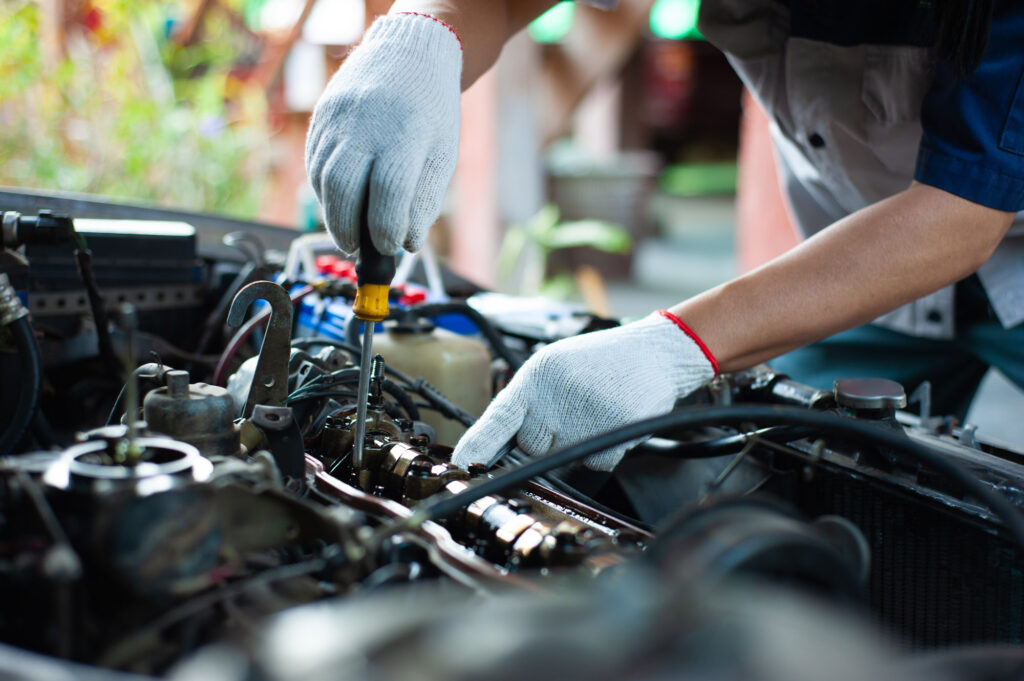
Using a flat tappet or a roller tappet generally depends on preference. Flat ones are cheaper to get, which makes it the perfect purchase for those restricted by a tight budget.
And while it may seem like rollers are superior they’ve been refined over the years to keep up with the demands of modern-day vehicles. Some flat tappets have better lifter materials and overall improved manufacturing processes.
On the other hand, rollers are generally better as they enhance your vehicle’s performance and fuel economy. Not to mention they’re reusable and more durable. All these combined make rollers better for those who can afford them.
Of course, you still have to consider how and what vehicle makes use of these tappets. After all, fit is an important factor when deciding which type to get.
Where to Get High-Quality Flat Tappets and Rollers for Your Vehicle
Whether your choice is the flat tappets or the rollers, you’ll want a high-quality piece that’s worth your hard-earned money. Thankfully, CarParts.com has you covered with our wide array of auto parts and accessories.
All the products in our catalog underwent stringent testing procedures to ensure their long-lasting performance and durability. Choose from only the best aftermarket brands today and find what you need in a matter of minutes.
Enter your vehicle’s specifications into our vehicle selector to start shopping. You can also use the search filters to narrow down the results according to your preferred brand, price range, quantity, and more. If you have questions, you can also call us anytime using our toll-free hotline, and our team of customer service representatives will be ready to assist you.
Get the best prices when you shop for replacement parts online. All our products come with a lifetime replacement and low-price guarantee, helping you get the best value for your money.
Don’t miss out on the best deals on the market today. Shop now!
Any information provided on this Website is for informational purposes only and is not intended to replace consultation with a professional mechanic. The accuracy and timeliness of the information may change from the time of publication.





